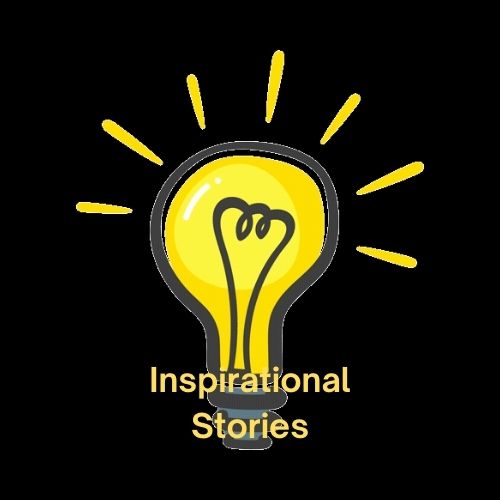Born on September 17, 1950, in the small Gujarati hamlet of Vadnagar, India, Narendra Modi was the third of Damodardas Mulchand and Heeraben Modi's six children.
His father was a street vendor who found it difficult to provide for the family. He began selling tea at the Vadnagar railway station at a very young age, and he and his brother later set up a tea shop next to a bus terminal. He is from the disadvantaged Ghanchi community.
Though a mediocre student in school, Modi spent hours in the library and was renowned as a great debater. After completing his education in Vadnagar in 1967, he left home to travel throughout India, stopping to see Northeast India, the Himalayas, Rishikesh, and Ramakrishna Mission, among other places, to learn about the country's vast terrain and varied cultures. where he spent two years residing among sadhus. After two years, he went back home and in 1971, he moved to Ahmedabad to work as a full-time pracharak (campaigner) for the Rashtriya Swayamsevak Sangh (RSS)..
Modi hid and went underground during the 1975–1977 national emergency declared by the then-prime minister, Indira Gandhi. He graduated via correspondence in 1978 with a degree in political science from Delhi University and went on to earn a master's degree in the same field in 1983 from Gujarat University.
He started in politics as a young man and advanced fast through the Hindu nationalist political party Rashtriya Swayamsevak Sangh. Later, in 1985, Modi joined the BJP, and in 1987, the Gujarat Unit of the party appointed him organisation secretary.He ran for Ahmedabad Municipal Corporation elections, which he won, marking the first victory for the BJP.
- He moved to New Delhi in 1995 after being named the BJP's National Secretary to oversee operations in Haryana and Himachal Pradesh.
- In 1998, he rose to the role of General Secretary (Organisation), where he helped the BJP win the 1998 Lok Sabha elections and handled internal political conflicts.
- He ran for office in the Gujarat legislature in 2002 for the first time, winning a seat from Rajkot-II to become the state's chief minister. For thirteen years, Gujarat was led by Chief Minister Narendra Modi. He was elected to the Gujarat legislative assembly for a fourth term in a row in the 2012 election, serving as Chief Minister.
- He was later cleared of any involvement in the over 1,000 Muslim deaths that occurred during civil unrest in 2002, despite accusations to the contrary.
- In the 2014 Lok Sabha elections, he was chosen by the BJP as its prime ministerial candidate. Some party elders, including L.K. Advani, tacitly opposed this choice. He did, however, end up keeping the Varanasi seat after winning both of the seats he ran for—Varanasi and Vadodara.
- In the 2014 elections, the Indian National Congress-led UPA came in second to last place, with the BJP taking home an unprecedented 282 out of 534 seats. Modi became India's 14th prime minister on May 26, 2014, and the first to be born after the nation gained independence from the United Kingdom.
- Numerous large-scale initiatives and programmes, like "Clean Ganga," "Make in India," and "Swachh Bharat," have been started by him.
- He has demonstrated a strong commitment to both enhancing bilateral relations with foreign nations and fortifying connections with his neighbours.
- In 2014, Time magazine included him in its list of the "Time 100 most influential people in the world."
- According to Time magazine's 2015 list of the "30 most influential people on the internet," he was the second-most-followed politician on Facebook and Twitter..














0 Comments